Matching Seed Trays to Specific Soil Mixes for Best Results
2025-10-22 16:59:29
Growing from seed is both a science and a craft. While light, temperature, and watering schedules are vital, one factor often overlooked is how seed trays interact with soil mixes.
A perfectly balanced combination between tray design and growing medium can make the difference between weak sprouts and vigorous seedlings. For serious growers and nurseries, investing in high-quality seed trays—especially from a China manufacturer offering bulk supply—ensures consistent results season after season.
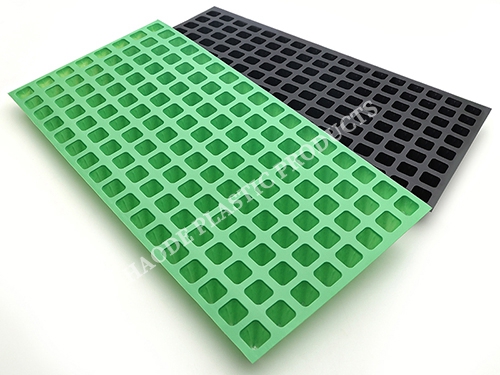
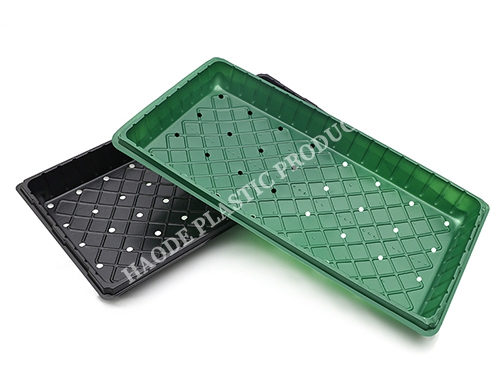
1. Why Tray–Soil Compatibility Determines Success
The connection between a seed tray and the soil inside it is crucial for seed germination. The design of the tray affects how air, water, and nutrients move through the soil.
If a tray drains too slowly, moisture builds up and suffocates young roots. If it drains too quickly, seeds dry out before they can sprout. A well-paired tray and soil mix combination keeps moisture levels balanced, oxygen flowing, and nutrients available—creating an ideal germination microclimate.
When these physical and biological factors align, seedlings grow uniformly and adapt better to transplanting.
2. Choosing the Right Soil Mix for Your Tray
Not all growing media behave the same inside a tray. The texture, composition, and density of the soil mix determine how it retains water and air. Here’s a breakdown of common options and their best tray matches:
·Peat moss blends: Excellent for fine seeds that need moisture retention; pair with trays featuring generous drainage holes.
·Coconut coir (coir fiber): A renewable, well-aerated material that suits most reusable plastic seed trays.
·Perlite or vermiculite mixtures: Increase airflow and prevent compaction, ideal for deeper trays.
·Organic compost mixes: Nutrient-rich soils that complement biodegradable or fiber-based trays for eco-friendly cultivation.
Understanding these combinations helps prevent the two biggest problems in propagation: overwatering and oxygen deficiency.
3. Tray Design Elements That Influence Soil Behavior
The geometry and construction of a seed tray determine how the soil performs inside it.
·Cell Depth: Shallow trays encourage quick sprouting for herbs or greens, while deeper trays require lighter soil mixes to keep roots aerated.
·Drainage System: Larger drainage holes pair best with dense mixes like peat; finer soils benefit from smaller outlets to prevent water loss.
·Material Type: Rigid plastic trays provide uniform heat retention, while biodegradable nursery trays made from natural fibers allow air exchange for organic growing systems.
When these features are matched correctly, soil moisture and temperature remain stable—critical for high germination rates.


4. Balancing Moisture and Air for Healthier Roots
The right mix of air and water is essential for germination. Overly compacted soil traps moisture and limits oxygen flow, while overly dry mixes can halt sprouting entirely.
Modern seed trays are engineered with ventilation ridges and raised bottoms to support aeration and drainage simultaneously. When combined with breathable soil blends like coir and perlite, these trays promote air pruning—a process that encourages lateral root growth and prevents root circling.
Research in propagation science shows that seedlings grown in optimized tray–soil pairings develop stronger root networks and higher transplant survival rates.
5. Adapting to Crop Type and Growing Environment
Every crop and climate has unique requirements. Matching tray type and soil structure to these factors can greatly improve results.
·Leafy vegetables: Prefer shallow trays with peat-rich or moisture-holding soil.
·Tomatoes and peppers: Thrive in deep trays filled with coir–perlite blends for airflow.
·Flowers and herbs: Benefit from biodegradable trays paired with compost-based soil for gentle transplanting.
Leading China manufacturers can provide customized seed trays in bulk—offering variations in cell count, size, and material to match specific soil compositions and plant varieties.
6. Maintenance, Reuse, and Sustainability
Durability and hygiene are critical in large-scale seed production. Reusable plastic trays should be cleaned and sterilized between uses to prevent soil-borne diseases. Selecting a soil mix that doesn’t clump or leave residue will extend tray lifespan.
For growers focusing on sustainability, biodegradable trays made from coir, bamboo pulp, or paper fibers pair well with organic soil mixes and can be transplanted directly into the ground—reducing waste and labor.
Many China-based manufacturers now integrate eco-friendly materials and mass production technology, demonstrating strong capability for bulk supply while meeting environmental standards.
Conclusion: The Right Match for Perfect Growth
In seed propagation, harmony between the seed tray and the soil mix is key to consistent and healthy growth. When these two components are chosen with care, germination becomes faster, roots grow stronger, and transplants adapt more easily.
Whether you’re managing a greenhouse, nursery, or large farm, sourcing professional seed trays directly from a China manufacturer with bulk supply capacity guarantees reliable quality, customization, and cost-effectiveness.
The right tray–soil partnership turns simple seeds into thriving plants—proving that great results always start with the right foundation.
References
GB/T 7714:Li H, Wang C, Zou H, et al. Structural Design and Performance Test of Biomass-Based Nursery Trays[J]. Sustainability, 2022, 14(15): 9101.
MLA:Li, Hailiang, et al. "Structural Design and Performance Test of Biomass-Based Nursery Trays." Sustainability 14.15 (2022): 9101.
APA:Li, H., Wang, C., Zou, H., Sun, H., Wang, H., Yu, Z., ... & Liu, X. (2022). Structural Design and Performance Test of Biomass-Based Nursery Trays. Sustainability, 14(15), 9101.

The CNC Seed Braiding Machine is a high-precision, fully automated agricultural equipment s...
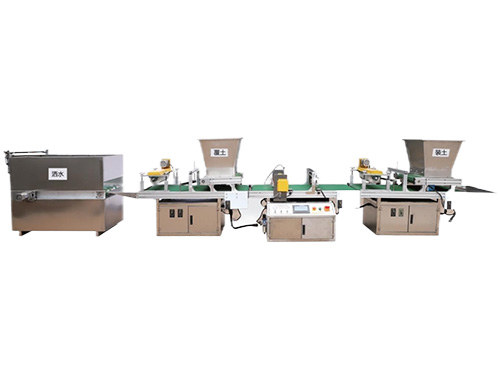
It adopts electrical integration and can be started by pressing the fully automatic button ...
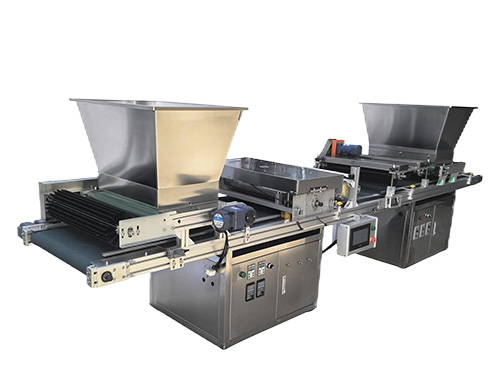
The XP750 seeder has stable performance, excellent product quality, simple and convenient o...
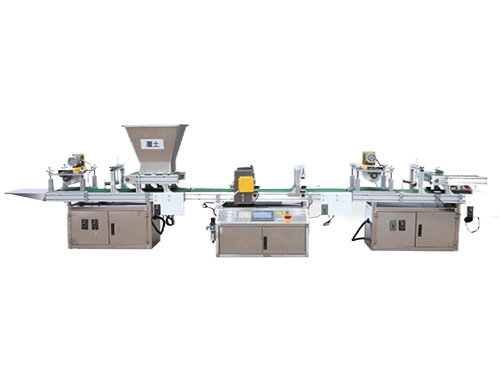
It adopts electrical integration and can be started by pressing the fully automatic button ...



